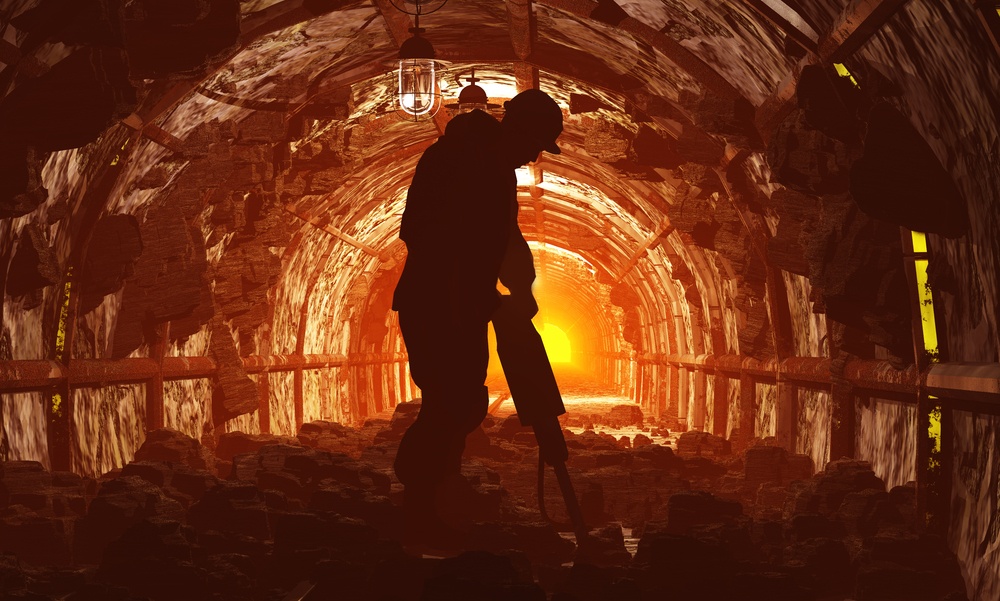
There was a series of cave-ins last year that took place at Donkin mine, an undersea coal mine located at Cape Breton in Nova Scotia. The first collapse happened on Sept. 18 followed by another on Oct.1. There was another cave-in on Dec. 18 and then another on Dec. 28.
These collapses were never reported and only became public knowledge when government officials showed up for inspections as part of standard operating procedure under revised mining regulations. It was later ruled that officers of the Donkin mine broke a provincial policy that requires immediate reporting of massive cave-ins.
The mine, which is being run by Kameron Coal, a subsidiary of U.S.-based Cline Mining Corp., had its license suspended in December. Partial operations, however, resumed on Jan. 25 on conditions that the site will only limit its mining activities in a low-risk area of the mine.
As the mine continued with limited operations, however, the Labor Department said it had already issued four new orders and six new safety warnings by the month of March. All these were issued after officials conducted five separate inspections since Jan. 25.
Questions arise regarding Kameron’s concealment of six cave-ins
Kameron Coal, which acquired a 75 percent stake of the Donkin Mine in 2014 and another 25 percent in 2015 from Morien Resources, remained tight-lipped as to why it did not report the 2018 incidents.
The situation has particularly become interesting to observers because even with Kameron’s concealment of the massive cave-ins, the company made the needed repairs to avoid further collapse and to safeguard its workers. The company did all this even without an official mandate from the province. All safety measures were in fact in place even before inspectors came and discovered the incidents.
It may, however, be deduced from official reports that Kameron has been aware of the magnitude of the cave-ins, especially that it knew how to remedy the series of collapses.
The scale of each of the cave-ins was highlighted by industry observers who all questioned Kameron’s decision to conceal them.
“It looks to me like it should have been reported immediately… [it] appears to be the kind of roof falls that interfere with ventilation and impede traffic in a mine,” Tracy Stumbo, a former chief accident investigator for the State of Kentucky, said.
“Rock falls of this nature in a developing mine are not common at all…that’s an awful lot of material falling down at one time,” Gary Taje, international staff representative for the United Mine Workers of America in Canada, said.
“Not reporting major roof falls, that’s a red flag. Why would you not report them? The law is pretty clear,” Tony Oppegard, a Kentucky-based lawyer who handles similar cases, said.

What’s behind Kameron Coal’s concealment of six massive cave-ins?
Canada’s most abundant fossil fuel is coal. The country, which has an estimated 6.6 billion tons of recoverable coal reserves, exports as much as 40 percent of its coal production. In 2010, Canada’s coal export reached as much as 33 million tons and the demand is expected to increase especially that Asia is exporting as much as 70 percent of its coal from the country.
To date, the majority of Canada’s coal is being sourced from two operating underground mines: the Campbell River in British Columbia and Grande Caches in Alberta. The coal production from these areas, however, could only generate 1 million tons of coal annually. This is where the coal mine in Cape Breton comes in.
In a January 9 update from Morein Resources, it said that the production at Kameron Coal’s Donkin underground coal mine is expected to generate as much as 3.3 million of coal over the next two years provided that all construction and developments are completed within the given time.
The update also mentioned that it allotted $75 million for an ongoing expansion project 20 miles south of Sydney, Cape Breton – an area with a massive coal basin that extends under the Atlantic Ocean towards Newfoundland.
“Donkin’s production is anticipated to reach annual sales volumes of 2.98 million-3.3 million st over the next two years. The mine was expected to turn out 1.2 million-1.8 million st in 2018, although official results are not yet available,” Morein Resources said in its update.
From this, we could speculate that Kameron chose to be mum about the cave-ins to avoid delays on the project which it has heavily invested in. This may also be the reason why Kameron was, on its own volition, was apt to remedy the damages incurred from the series of collapses that happened in the mine.
While the reason behind Kameron’s concealment remained speculative at this point, the incident ended with something positive for the province’s coal industry. In the wake of the cave-ins, officials will henceforth be conducting inspections on a biweekly instead of the previous monthly basis.
Featured image by iurii via Shutterstock)

